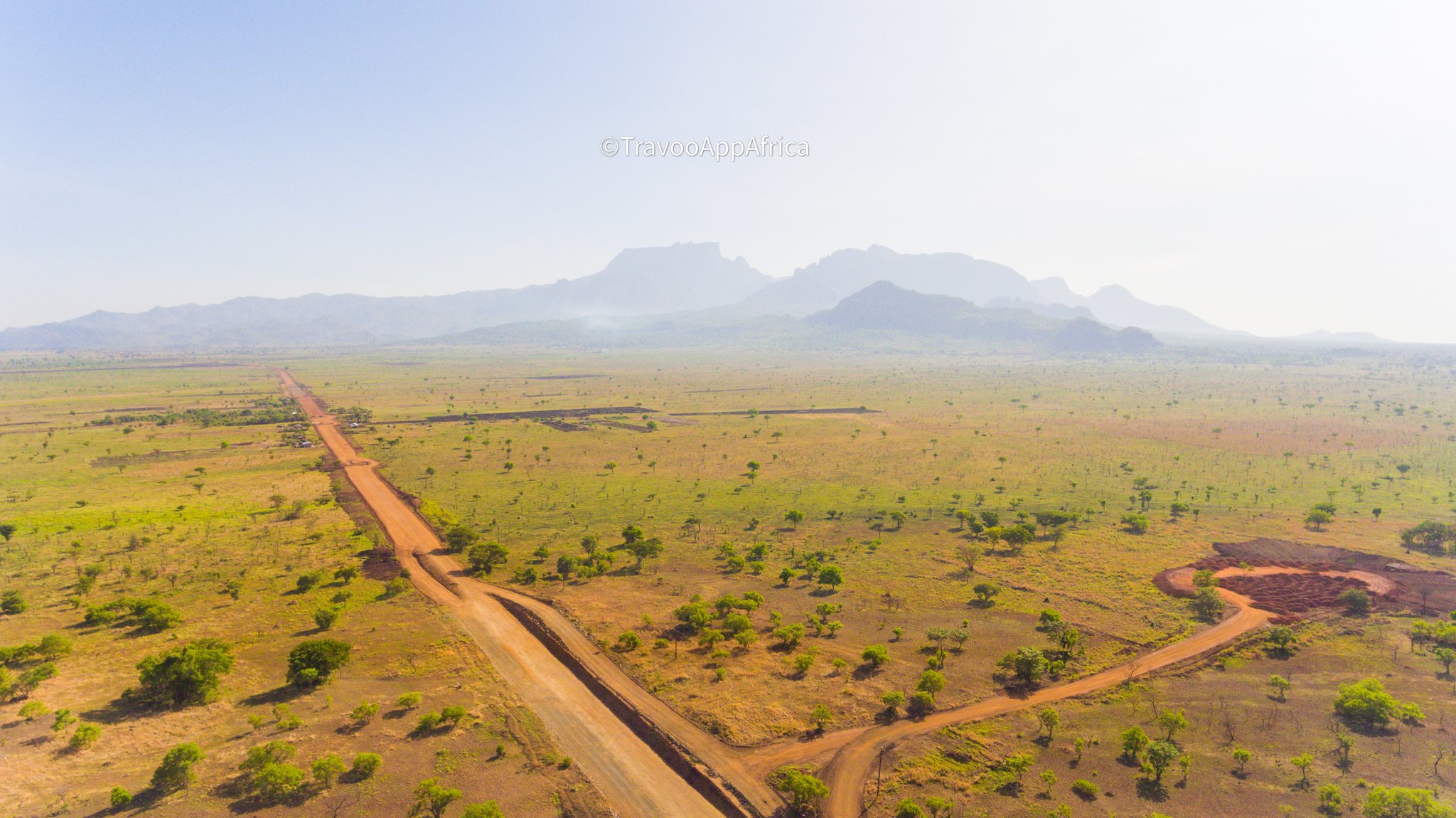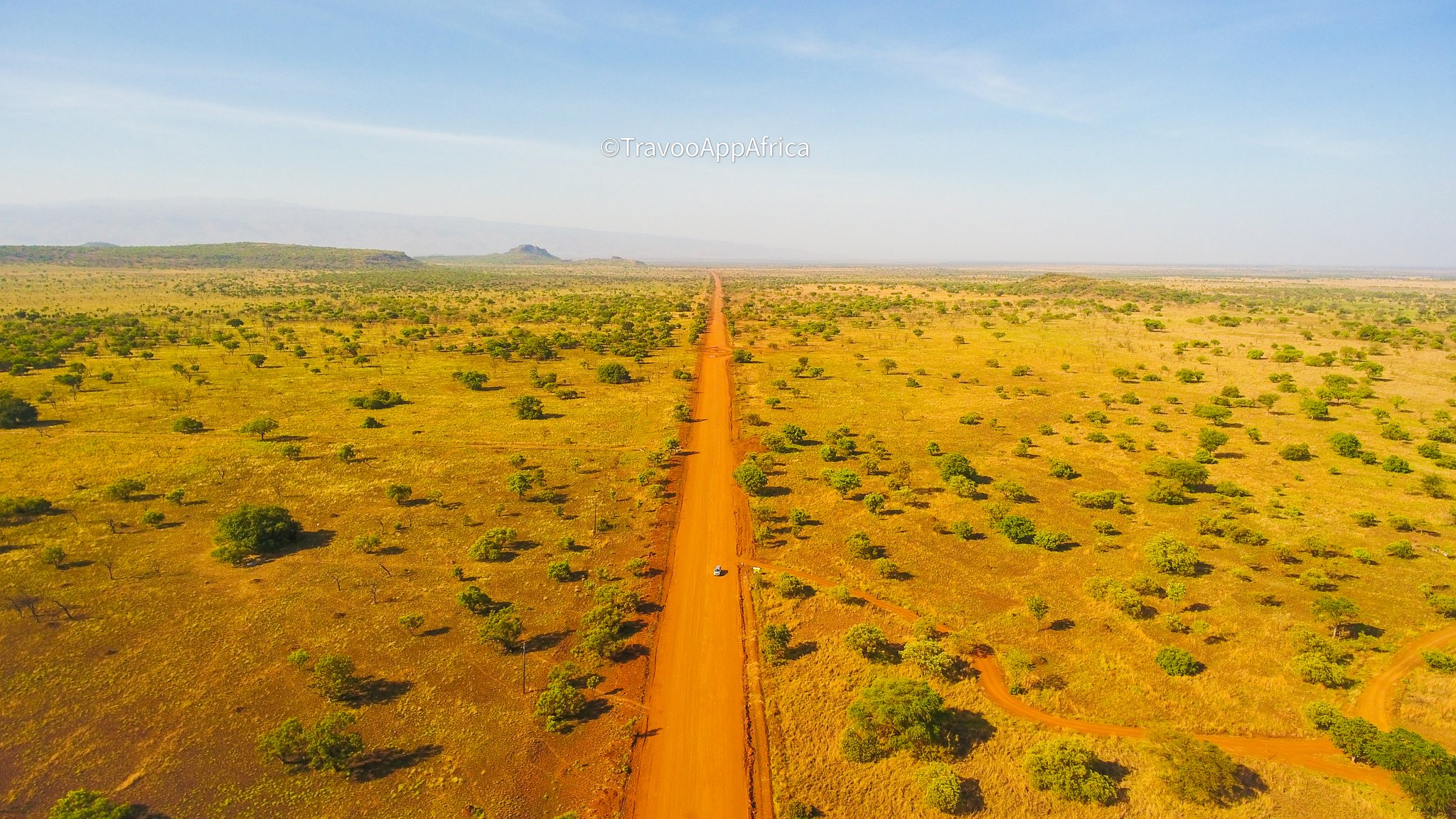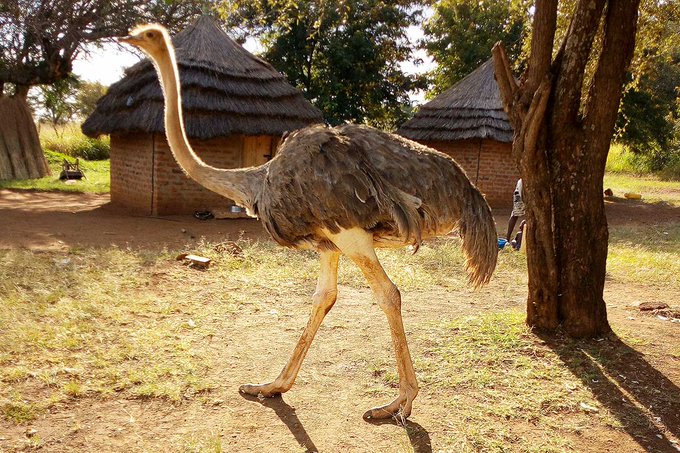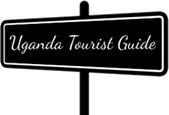In northeastern Uganda is this 2nd largest protected area seated on an area of 2043sqkm. Pian Upe Reserve is part of the larger Karamoja conservancy that covers Kidepo Valley National Park, and the Bokora Matheniko Conservation areas. Another Uganda’s enticing and new tourist destination to consider when opting for a safari to the Pearl of Africa.
 Pain Upe Wildlife Reserve is the southern stretcher of the wider Karamoja conservation area corridor. The reserve was named after the Karamoja two sub-groups; the Pian and the Upe, the Kalenjin-speaking pastoralist communities that originated from the Kenya’s Pokot tribe. Pian is Karamojong word meaning “good-spirited people” and Upe means “enemy.” And when combined forms a paraphrase of “Friendly Enemy”. Pian-Upe
Pain Upe Wildlife Reserve is the southern stretcher of the wider Karamoja conservation area corridor. The reserve was named after the Karamoja two sub-groups; the Pian and the Upe, the Kalenjin-speaking pastoralist communities that originated from the Kenya’s Pokot tribe. Pian is Karamojong word meaning “good-spirited people” and Upe means “enemy.” And when combined forms a paraphrase of “Friendly Enemy”. Pian-Upe
Historical background
Pian Uep Wildlife Reserve was a battling zone for pastoralists between Karamoja and Pokoto from the Kikuyu region in Kenya. Cattle rustling had overshadowed region with arm insecurity inspired by the locals who then owned guns. By 2004, governments of Uganda and Kenya arranged to disarm all armed locals in region through a memorandum of understanding to contain insecurity in the Karamoja region.
In 1958, Pian-Upe Wildlife Reserve was first gazetted as the Debasien animal sanctuary, afterwards following the borderline threats where the government proposed an agriculture project south of Girifi River in 1964. Then the mandatory stretch of the reserve bounds northward and change name to Pian Upe Wildlife Reserve. In 2003, Uganda government anticipated to turn the reserve into fruits growing, however, project latterly was blocked.
Pian Upe Reserves covers a wider land areas covering a number of districts among which are; Nakapiripirti, Amudat, Kween, Moroto, Katakwi, Napak and Bulambuli. The located up on proximities of the Elgon foothills.
Wildlife of Pian Upe Reserve
For travelers opting for intact and authentic tourist destinations in Uganda, Pian Upe fronts the page of selections. Abundance of Flora and fauna has statured Pian Upe the next destination for the tourism of Uganda. Recently translocation Impalas from Lake Mburo National Park, 2019 giraffes were relocated from Murchison Falls National Park Pian Upe Reserve. There a number of special encounters which are mainly sighted in the reserve not anywhere in the country. In 2019, UWA rangers sighted the first male Elands in the reserve.
 Pian Upe Wildlife Reserve is home to a wider range of rare wildlife species among which include white-Eland kobs sighted recently, cheetahs, Roan Antelopes, Ostriches, Heart beast, zebras. Some of the species are rarely sighted from other protected areas including parks.
Pian Upe Wildlife Reserve is home to a wider range of rare wildlife species among which include white-Eland kobs sighted recently, cheetahs, Roan Antelopes, Ostriches, Heart beast, zebras. Some of the species are rarely sighted from other protected areas including parks.
The reserve is positioned in the semi-arid climate that always experience a single sort of rainy spell in the year around the month of March to June. During this period, roads are hectic to drive through impassable. The dry seasons that is experienced for the long time is perfect for spotting wildlife.
The wildlife reserve has nurture a number of indigenous plant species, particularly the heliophytes plants on which animals feed on throughout the drier period. The plants include; red acacia, desert date, bush willows, harrisonia, Abyssinica, and red spike thorns, shrubs such as butterfly pea and woolly caper bush.
Activities done at Pain Upe Wildlife Reserve
Game drive
Game drives are organized by Uganda Wildlife Authority (UWA). There are various driving tracks made for a splendid wild rewarding game drive through the reserve. Expect a number of encounters including elephants, buffaloes, lions and leopards, zebras, presently giraffes, and herds of antelope like Oribi and impalas, elands. There are reptile species sighted like rock pythons and puff adders and harmless water snakes. Also there is biggest population of lizards, savanna monitors, common agama and skinks, chameleons, and geckos all extending wildlife to view.
Bird watching
For bird enthusiasts, Pian Upe reserve hosts over 300 bird species, the finest birding opportunities rewarding with countless species than even the famous national parks. Among the bird species to watch here fronted by the ostrich hatching, then have the Karamoja Apalis, kingfishers, starlings, and shoe bill storks found in Lake Opeta.
 Also the Hartlaub’s Turaco, Eastern Bronze-napped Pigeon, Lemon Dove, Dusky Turtle Dove, African Hill Babbler, Alpine Chat, and Black-throated Wattle-eye, Mountain Yellow Warbler, Thick-billed Honey guide, and Grey Cuckoo-shrike etc.
Also the Hartlaub’s Turaco, Eastern Bronze-napped Pigeon, Lemon Dove, Dusky Turtle Dove, African Hill Babbler, Alpine Chat, and Black-throated Wattle-eye, Mountain Yellow Warbler, Thick-billed Honey guide, and Grey Cuckoo-shrike etc.
Culture tours
Karamoja is an interesting region with interesting tales. There a number of communities which can demonstrate who the people of the region are. Taking a cultural walk visit to some of the communities exhibits the Karamoja traditional nomadic life. Visiting communities, camping within gazette manyattas, tasting the local beers, cultural entertainment, and visiting the Karamoja gold mining sites all can widen your regional cultural documentation.
Accessing Pian Upe
It’s a full day drive which can take about 7 to 9 hours from Kampala capital. The reserve is located northeastern of Kampala and can easily be accessed via Mbale – Kapichorwa driving towards Nakapiripiriti district. The reserve is 401 km about 7 to 9 hours with en-route considerations.
Best time to visit Pian Upe Wildlife Reserve
The reserve is located in the Karamoja conservation corridor which experiences mainly the dry wathers. It’s a semi-arid corridor which largely having two weather throughout the year. It can be visited all year round, though the drier months of November to February are suitable for an adventure safari when the temperature raises up to 390C, and grasses are short easing wildlife sighting. Runny season’s roads are muddy and impassable, and using the 4X4 land cruiser is a prudent idea. What to do at Pian Upe Wildlife Reserve
Accommodation at Pain Upe Wildlife Reserve
Well, at Pian Upe there is no such better accommodation as the reserve is still under development to become a next hot spot for tourist. But if wishing for a night at the reserve, there are UWA run bandas at the reserve headquarters. But there is also good space for camping when came along with your safari camping tents. However, the Karamoja Overland Camp provides mid-range accommodation of self-contained tents with en-suite facilities.









